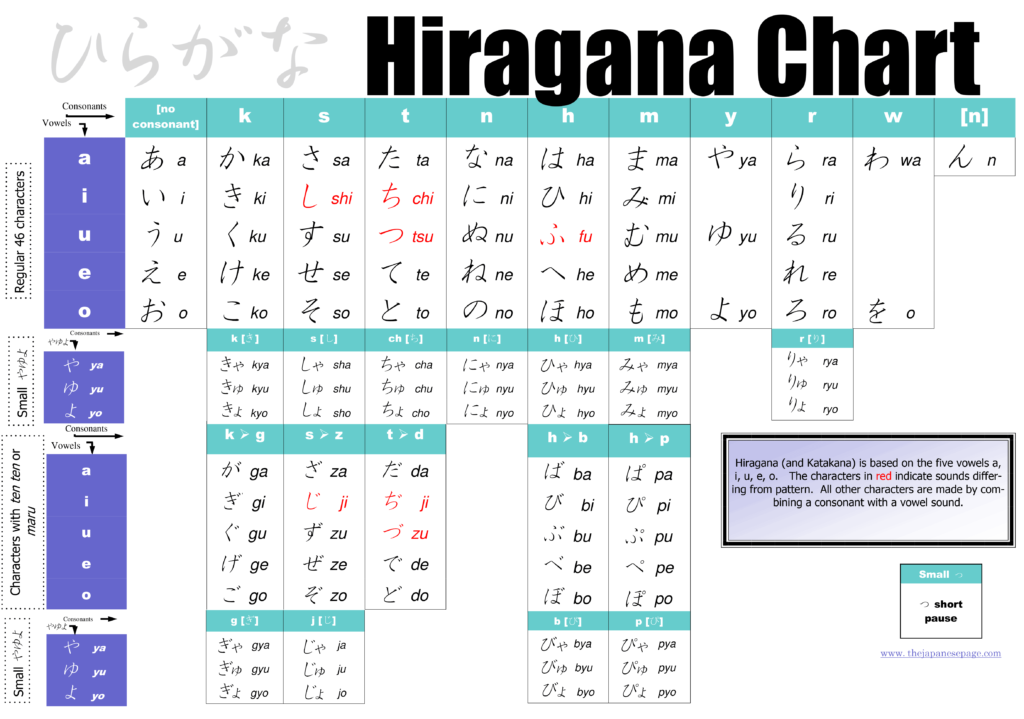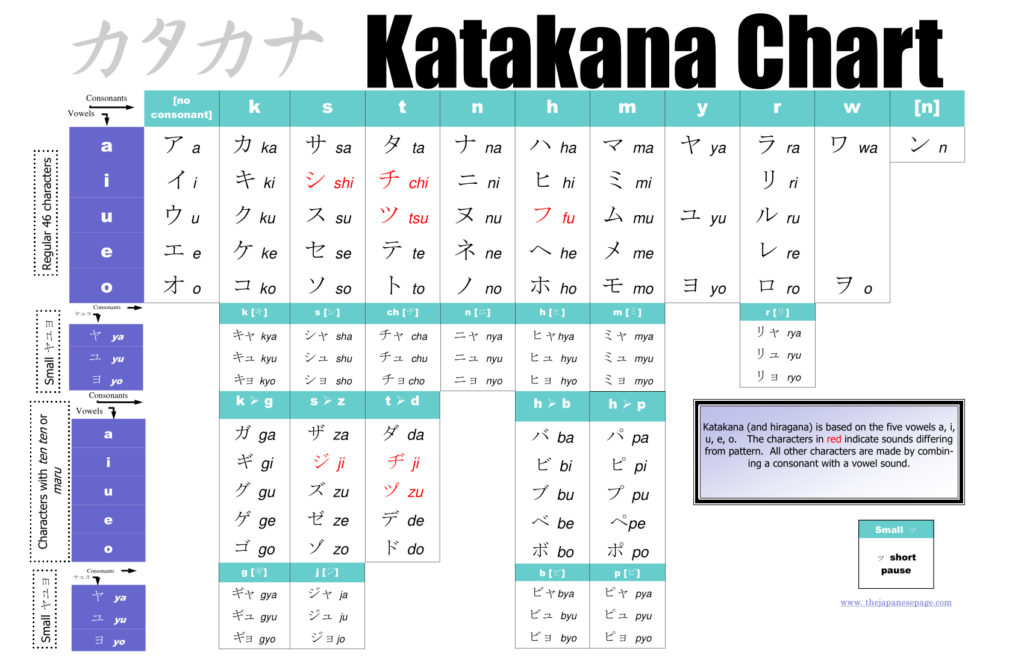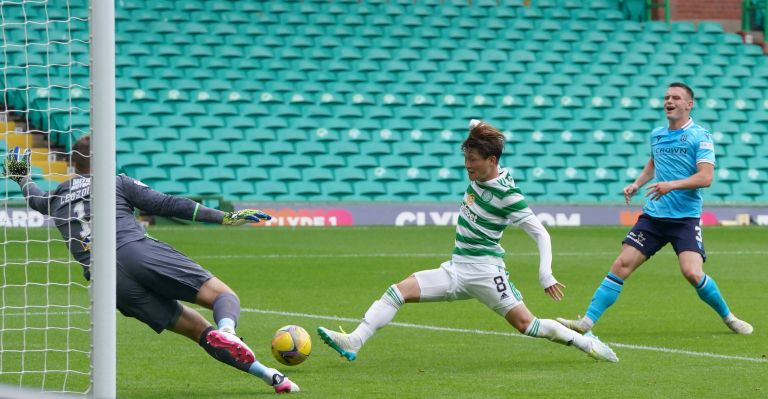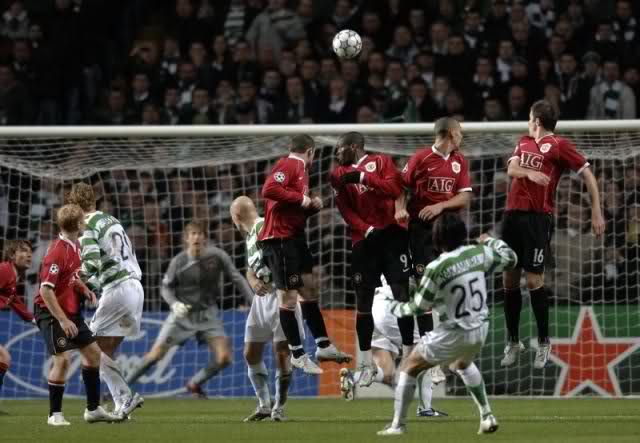All right, all right, class, have a seat and settle down. If you have coffee — good, because you’ll need it — drink up as this may take awhile. We have a lot to cover. As I have been assigned this task a week ago in this Twitter thread by none other than Father Antony CP on Twitter (@BrotherAntony), a priest and Celtic fan, far be it from me to go against the wishes of cleric.
My qualifications? Glad you asked. They’re not the most ideal, but I lived in Japan from 1996 to 2000, married a Japanese woman and we had a daughter; the latter who still lives with me and the former who doesn’t. I taught English, as most American gaijin (foreigners) do when they live in Japan, but I also edited an English-language lifestyle magazine and worked as a typist/proofreader at a large American law firm’s Tokyo office.
[Fun fact, and I’ve told this story before: In 1997 I went to a Yokohama Marinos game with my adult English students and saw Shunsuke Nakamura play. Like an idiot, I don’t remember seeing Nakamura, but I do remember being beguiled at the fact that I could get udon noodles at the concession stand. Yep, I’m still kicking myself for that.]
Suffice to say, I am not fluent in Japanese, but I know my way around the language. I’d also welcome some help from those who might be more conversant and knowledgeable in the language than I am, so feel free to jump in and post comments below.
All of that said — and if you’re still awake — let’s get started.
Two – no three – forms of writing
Yeah, I know some folks — especially those who, for the most part, support teams that wear blue — struggle with a mere 26 characters in what we know as our sole source of symbols, namely the alphabet. A to Z, or as you would say, A to Zed. That’s known in Japan as Romaji, but we’re going to leave that out because, hopefully, you don’t need help with that one. In Japanese, there are essentially three forms of writing: Hiragana, Katakana, and Kanji. Let’s take them one at a time.

In a nutshell, Hiragana is used for representing Japanese words phonetically in writing, as opposed to kanji, which we will talk about it a bit. The Japanese language has had a tendency to borrow a lot of words from other languages — “hot dog” for example, which we’ll show below — and to write those words, they use Katakana.

Again, without going very deep into detail — hey, I have a life, too, you know, and I do have to get back to it relatively soon — Katakana is essentially used for words imported from foreign languages. So for example, because the Japanese don’t have a word for that American delicacy known as the hot dog, it is written, in Katakana, ホットドッグ, or transliterating, “hotto doggu.”
And then there’s Kanji.

Kanji are logograms representing symbols adopted from Chinese, but while most of them have different pronunciations between the symbols in the two languages, the meaning is the same. For example, the symbol 山 — “yama” or “san,” meaning mountain in Japanese — also represents “Shān” in Chinese, which of course means mountain. Essentially the symbol means the same thing in both languages, but they have different pronunciations.
Confused? In the words of Leslie Nielsen throughout the movie “Airplane” — “But that’s not important right now.”
In the photo above of the Shin-Okubo Japan Rail station, there is the Kanji for “Shin-Okubo” atop the Hiragana (because Shin-Okubo is Japanese) and then Romaji, or the Western alphabet that you can read. That pretty much covers it for everyone in the station.
Yeah, but how do I say it?
The first rule, and a fairly helpful rule, is that there is only one vowel sound in Japanese — no long “O” or short “O” at least as we know it in English (but there is a nuance here that, in the interest of time, I will skip. You’re welcome) — and each essentially corresponds to the same vowel sound as you would pronounce them in Spanish. So if you paid attention in Spanish class in school, you’re more than halfway there. A is “ah,” E is “eh,” I is “ee,” O is “oh,” and U is “oo.” For example, か, or “ka,” is pretty much pronounced that way, and す, or “su,” is pronounced “sue,” like the girl’s name. Or the boy’s name, if you’re in a Johnny Cash song.
But here are a couple of curveballs, to use a baseball metaphor, in Japanese for native English speakers. For example, the “R” sound in Japanese is a very hard “R,” in linguistic terms, and so hard in fact it’s really an “L” sound. And the Japanese essentially pronounce Ra/Ri/Ru/Re/Ro as La/Li/Lu/Le/Lo.
That said, I sheepishly confess that I possess perhaps the most difficult name for the Japanese to pronounce — Larry. While living in Japan, my English students once gave me a birthday card that proclaimed, “Happy Birthday, Rally.” True story.
Which, of course, brings us to pronouncing the names of the Japanese quartet now in the Hoops.
Reo Hatate
Let’s do this one first. Everyone gets an “A” for effort in matching up Reo’s name with the Duran Duran song — “His name is Reo and we cheer him from the stands” — but unfortunately, if you were to pronounce his first name correctly, phonetically his name is Leh-oh, but we can still cheer him from the stands. Last name is simple – Ha-ta-teh.
Daizen Maeda
Pretty straightforward here for Daizen Maeda. No chicanery in the vowel sound department, just straightfoward vowel combinations producing “Dye-zen” for his first name and “Mah-eh-dah” for the family name.
An aside: In Japan, family names take precedence over given names, and you may see this player, for example, be referred to as “Maeda Daizen” in Japanese. This is customary in Japan, and often times one might refer to a colleague — if, for example, Daizen Maeda was your office mate instead of a footballer — as “Maeda-san” as opposed to, “Hey, Daizen.” Also, this “san” is an honorific attached to the end of a name, and is not the same as 山, meaning mountain.
Again, cue Leslie Nielsen.
Yosuke Ideguchi
Thank goodness we’re just going to refer to this new bhoy as “Guchi,” pronounced “Gucci” like the Italian fashion designer. There’s a nuance to some “U” and “I” vowel sounds where the sound is virtually swallowed and is almost non-existent. Such is the case with his first name, Yosuke. It’s not “Yoh-soo-keh” but “Yoh-skeh” with the “u” in “su” essentially disappearing.
Another Celt had this situation a couple of decades ago that gave announcers at the time some fits. You may have heard of him. Shunsuke Nakamura, whose first name is pronounced, as you all know by now, as “Shoon-skeh.”
I don’t know why this is. It would take someone with a better understanding of Japanese to explain. Are you out there?
Kyogo Furuhashi
OK, everyone. Welcome to the world of the Japanese syllables that English speakers can’t pronounce to save their lives, and yet another of the aforementioned curveballs in pronunciation. That would be a series including kyo/ryo/hyo/myo, or its variants, which are really pronounced as one syllable as opposed to two.
We have heard it all season: Key-Yo-Go or Kai-Yo-Go (the latter a specialty of John Hartson’s). Fingernails across the chalkboard . . .
It’s hard. But it’s “Kyoh-goh,” only two syllables. And believe me I get it because, having once been married to a woman named Kyoko, it took a little practice to get her name right while we were dating. And to this day I constantly trip over the word “ryokan” — inn — and instead I just call it a “ホテル” or “ho-teh-roo,” or “hotel.”
One more thing
While Google Translate is probably the greatest invention ever for reading worldwide dispatches about football in languages other than your own, it still needs to come up to speed when it comes to translating words and phrases from one language to another. As far as artificial intelligence in this area has advanced, it still hasn’t reached the stage where it can ascertain whether something is idiomatic or sarcastic between languages, or both.
But for the most part, you can get your point across using it, even though you risk sounding like a complete dolt.
For example, run “Mon the Hoops” through Google Translate into Japanese and you get “フープの月” — fupu no tsuki (note: “hu” becomes “fu” in Hiragana/Katakana), so it translates into Japanese as “Hoop Moon.”
Back to the drawing board, Google. Meanwhile, Mon the Hoops, in any and every language.
Class dismissed.









